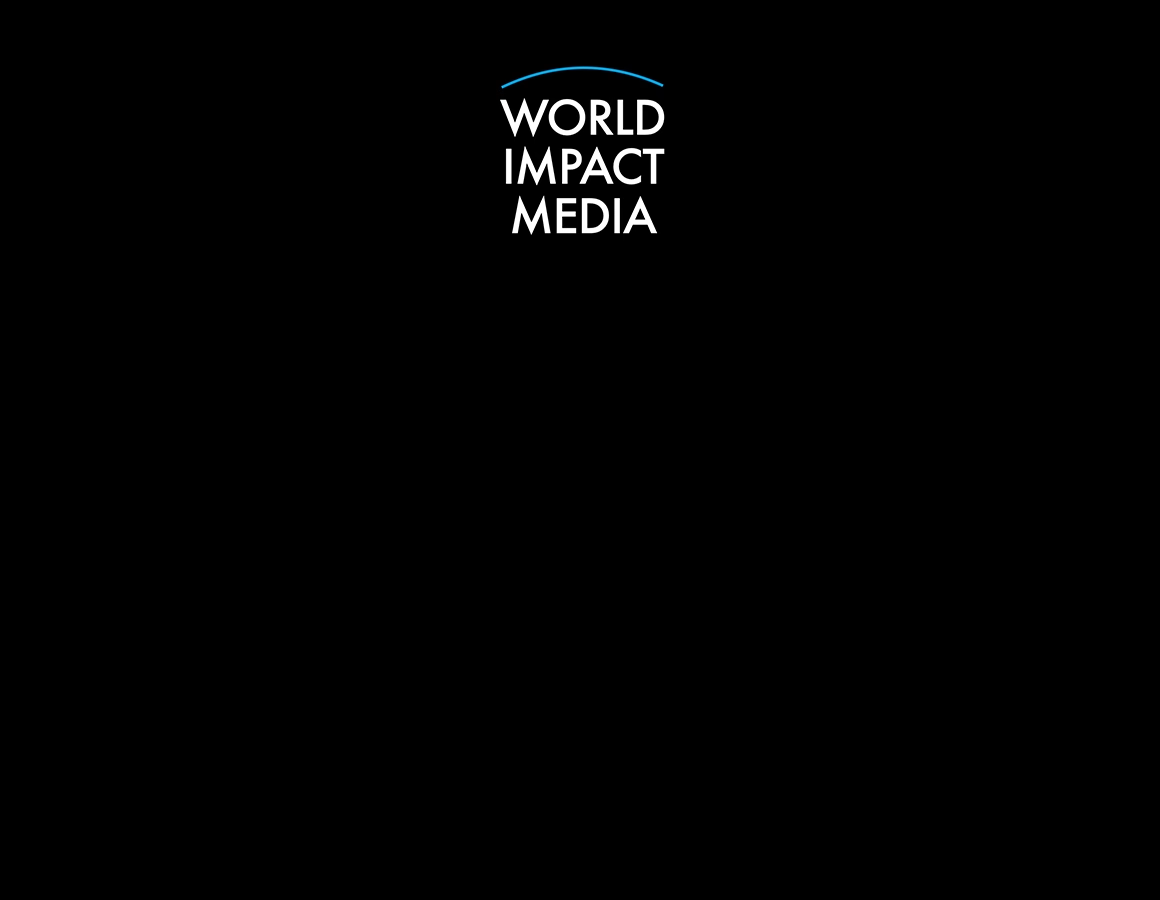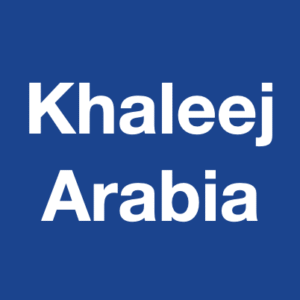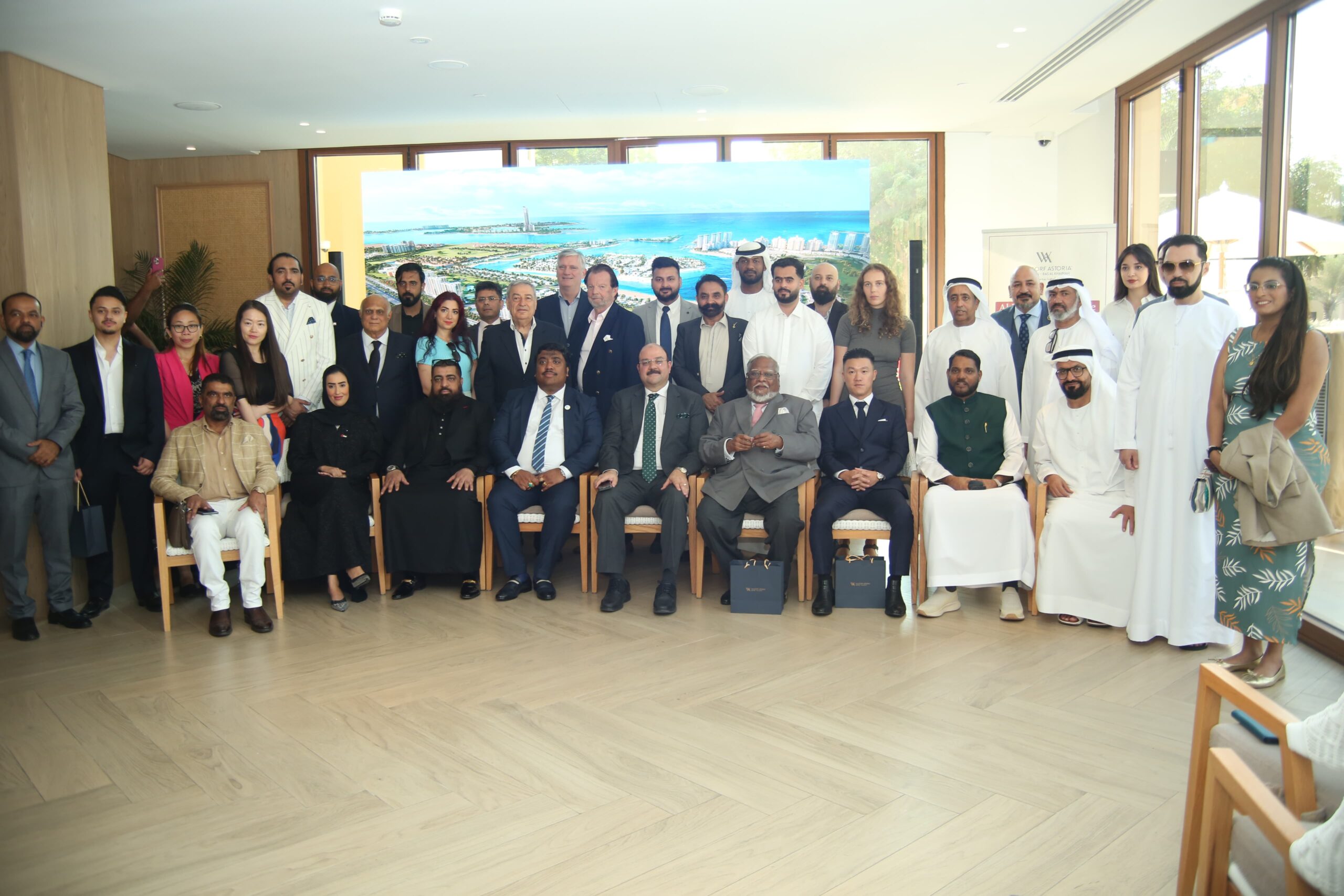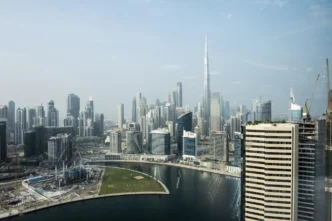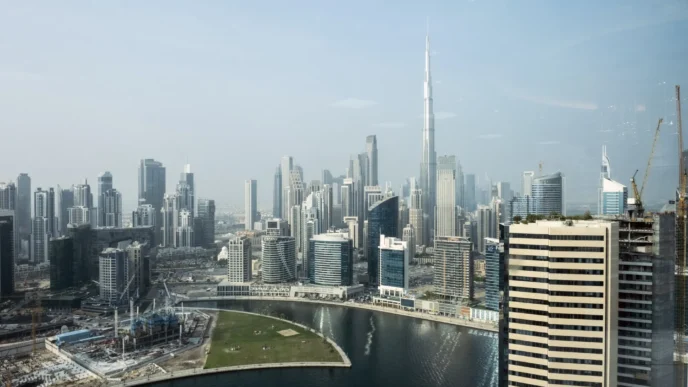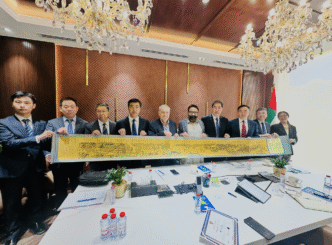Saudi Arabia’s leading chemical manufacturer, Saudi Basic Industries Corporation (SABIC), reported weaker-than-expected quarterly profits this week, signaling continued pressure on the global petrochemical industry amid sluggish demand, oversupply, and declining prices across key markets. The disappointing earnings underscore how the prolonged downturn in the chemicals sector — once a cornerstone of Saudi Arabia’s industrial diversification — is testing even the most well-capitalized players in the region.
According to the company’s latest financial results, net profit for the third quarter fell sharply compared with the same period last year, missing analysts’ forecasts by a wide margin. Executives cited persistent challenges in global trade, lower margins due to falling product prices, and reduced industrial activity in major economies such as China and Europe.
“The market environment remains challenging,” said SABIC CEO Abdulrahman Al-Fageeh during an investor call. “Despite our efforts to optimize operations and control costs, weak demand and soft pricing in global chemical markets have continued to weigh on performance.”
The Weight of a Global Slowdown
The petrochemical sector — a critical link between the oil industry and manufacturing — has been hit hard by the global economic slowdown. Chemical prices, which surged in 2021 and 2022 amid supply chain disruptions and post-pandemic demand, have since declined as production capacity expanded and consumption cooled.
Industry analysts note that slower growth in China, the world’s largest consumer of petrochemicals, has been a key drag on prices. The real estate crisis, coupled with a weaker manufacturing rebound, has reduced demand for plastics, fertilizers, and industrial chemicals — all core products in SABIC’s portfolio.
Meanwhile, European demand remains muted, with industrial production struggling under the weight of high energy costs and tighter monetary policy. In the U.S., rising interest rates and cautious consumer sentiment have also restrained consumption in the plastics and automotive sectors.
“The global chemical industry is experiencing one of its toughest cycles in a decade,” said an analyst from HSBC Middle East. “Margins are compressed across the board, and inventories remain high. The issue isn’t production capacity — it’s demand, especially from China and Europe.”
Financial Performance and Profit Pressures
SABIC’s quarterly earnings revealed a year-on-year profit decline of nearly 40%, marking one of the company’s weakest quarters since 2020. Revenue fell modestly, reflecting both lower selling prices and reduced volumes in several product categories.
Operating profit margins contracted significantly, as feedstock costs remained elevated relative to product prices. The company’s polymer, fertilizer, and specialty chemicals divisions were among the hardest hit, while metal and industrial solutions showed modest resilience.
In a statement, the company said it remains committed to maintaining “financial discipline” and “strategic investment in long-term projects,” despite near-term market challenges.
“Our performance reflects global realities,” said Al-Fageeh. “We are navigating an environment shaped by geopolitical uncertainty, slower industrial growth, and shifts in global trade dynamics. Nonetheless, we continue to execute on strategic initiatives that will position SABIC for future recovery.”
Strategic Resilience and Long-Term Outlook
SABIC, which is majority-owned by Saudi Aramco, has been integral to the kingdom’s Vision 2030 economic diversification agenda, serving as both a revenue generator and an industrial anchor for downstream development. The company’s strategy over the past several years has emphasized sustainability, innovation, and circular economy initiatives to reduce dependence on traditional petrochemical cycles.
Recent projects include investments in low-carbon hydrogen, carbon capture technologies, and advanced plastics recycling, as well as expansions into specialty materials used in high-growth sectors such as renewable energy, electric vehicles, and healthcare.
“These investments will strengthen our competitive position once market conditions improve,” Al-Fageeh said. “We’re building capabilities that align with global sustainability trends, which will define the future of the chemical industry.”
The company has also deepened partnerships in Asia, including joint ventures in China and South Korea, to secure long-term demand and access to new markets. However, analysts caution that profitability may remain subdued until global demand stabilizes.
“Even for a giant like SABIC, the recovery will be gradual,” said Riyad Capital’s chief economist. “The company has the balance sheet strength to weather the downturn, but market normalization may take well into 2026.”
Broader Implications for Saudi Arabia’s Economy
SABIC’s results also reflect broader challenges for Saudi Arabia’s industrial diversification drive, which seeks to reduce reliance on crude oil exports by expanding downstream industries such as chemicals, manufacturing, and mining. The chemicals sector has historically been a major contributor to non-oil GDP, making its cyclical weakness a concern for policymakers.
The government’s Public Investment Fund (PIF) has been pushing for new industrial projects, including refining, advanced materials, and green energy ventures, in an effort to stabilize revenues from non-oil sources. Yet, with the global economy facing headwinds, achieving consistent profitability in export-driven industries remains a challenge.
“Saudi Arabia’s non-oil growth is increasingly tied to global industrial demand,” said a regional economist. “When international manufacturing slows, the ripple effects are felt in the kingdom’s chemical and materials sectors.”
Still, the Saudi government maintains that long-term fundamentals remain strong. The country’s continued investment in infrastructure, logistics, and energy transformation — particularly renewable energy and hydrogen — is expected to create new opportunities for the chemical industry once global conditions improve.
Industry-Wide Downturn Shows No Sign of Immediate Reversal
Across the global petrochemical landscape, other major players — including Dow Chemical, BASF, and LyondellBasell— have also reported declining profits, citing similar factors of weak demand and compressed margins. The synchronized downturn underscores how deeply interconnected global manufacturing cycles have become.
“Chemical producers everywhere are cutting costs, reducing output, and deferring capital expenditures,” said an industry consultant. “It’s a correction phase that could last several quarters before we see a clear turnaround.”
For SABIC, executives emphasized that the company’s strong liquidity, low debt levels, and diversified operations provide a solid buffer against market volatility. The firm remains focused on efficiency, portfolio optimization, and strategic partnerships, particularly in Asia and the Middle East, to sustain its competitive edge.
Outlook: Waiting for the Rebound
While the current environment remains tough, most analysts expect the chemical industry to begin stabilizing in late 2025 or early 2026, as global inventories normalize and demand recovers from key sectors such as construction, automotive, and electronics.
SABIC’s management expressed cautious optimism, pointing to signs of recovery in some regions and growing opportunities in sustainable materials. The company reaffirmed its commitment to maintaining dividends, signaling confidence in its long-term financial position despite short-term turbulence.
“Our focus remains on resilience and readiness for the upturn,” said Al-Fageeh. “Cycles will come and go, but our long-term strategy — built on innovation, integration, and sustainability — will drive value for shareholders and for Saudi Arabia’s economy.”
For now, however, the chemical downturn continues to weigh heavily, not only on SABIC but on the broader industrial sector. With the global economy still uncertain, the world’s largest chemical producers — including this Saudi giant — find themselves in a waiting game, balancing between short-term caution and long-term ambition in an industry poised for transformation.
